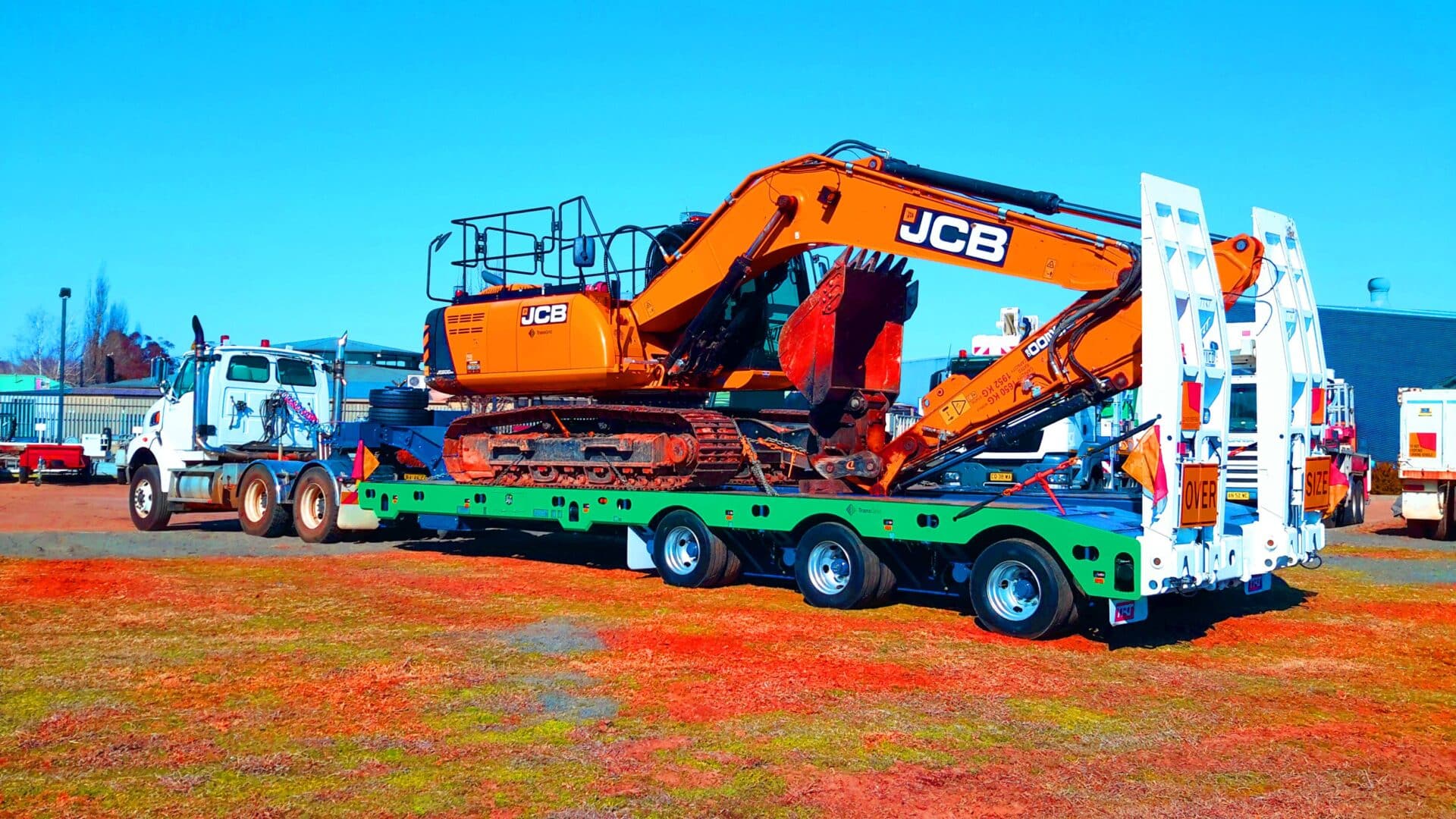Australia, once a land of relative climatic stability, is now increasingly exposed to the harsh realities of global climate change.
As extreme weather events become more frequent and intense, industries across the nation are grappling with the need to adapt.
Among these sectors, crane service providers find themselves at the forefront of the challenge, facing unprecedented threats to their operations and the safety of their personnel.
Understanding the Vulnerability of Crane Services
Crane services play a pivotal role in Australia’s economy, supporting sectors such as construction, mining, and logistics.
However, the increasing frequency of severe weather events, including cyclones, floods, and heatwaves, poses significant risks to crane operations.
These events can lead to equipment damage, operational disruptions, and even safety hazards.
One of the most pressing concerns for crane service providers is the impact of extreme weather on their equipment. High winds, heavy rainfall, and rising sea levels can cause corrosion, structural damage, and electrical failures.
For instance, during the 2019-2020 bushfire season, many crane operators were forced to evacuate their equipment from affected areas, resulting in significant losses.
Moreover, the changing climate can also affect the stability of the ground on which cranes operate. Soil erosion, landslides, and subsidence can pose serious risks to crane safety.
In recent years, several crane accidents have been attributed to unstable ground conditions, highlighting the need for careful site assessments and risk mitigation measures.
Adapting Crane Equipment and Infrastructure
Investing in weather-resistant materials:
- Corrosion-resistant coatings for steel components
- Waterproof seals and gaskets
- Electrical components designed for high humidity and temperature extremes
Upgrading existing equipment:
- Strengthening structural elements to withstand high winds
- Installing advanced safety features, such as automatic emergency brakes
- Implementing remote monitoring systems to track equipment performance and identify potential issues
Implementing early warning systems:
- Utilising weather forecasting tools to monitor approaching storms and other extreme events
- Developing protocols for timely equipment relocation or shutdown

Enhancing Operational Resilience
Developing contingency plans:
- Creating detailed plans for emergency response, equipment relocation, and business continuity
- Identifying alternative work sites and suppliers in case of disruptions
Training staff on emergency procedures:
Providing regular training on safety protocols, emergency response procedures, and equipment maintenance
Conducting drills and simulations to prepare staff for real-world scenarios
Establishing partnerships:
- Collaborating with local authorities, emergency services, and other industry stakeholders to coordinate response efforts
- Building relationships with weather forecasting services to receive timely alerts
Promoting Sustainability and Climate-Friendly Practices
Exploring energy-efficient options:
- Adopting fuel-efficient cranes and equipment
- Investing in renewable energy sources for power generation
Reducing carbon emissions:
- Implementing measures to reduce the environmental impact of crane operations
- Supporting sustainable procurement practices
Promoting waste reduction and recycling:
- Implementing waste management programs to minimise the environmental impact of crane operations
Future Outlook and Recommendations
Predicting future climate change scenarios:
- Analysing climate models to anticipate future trends and potential impacts on crane services
- Identifying vulnerable regions and industries
Advocating for government policies:
- Supporting policies that promote climate change adaptation and mitigation
- Encouraging government investment in research and development of climate-resilient technologies
Encouraging industry collaboration:
- Fostering collaboration among crane service providers, researchers, and policymakers to share knowledge and best practices
By adopting these strategies, crane service providers can enhance their resilience to climate change, protect their businesses, and contribute to a more sustainable future for Australia.
